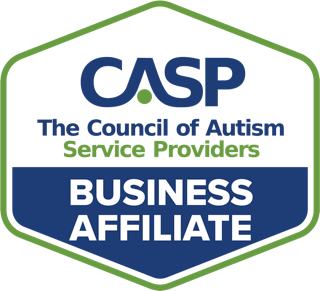Create a Plan for Stopping the Previous Data Collection System
Determine if your organization will have a hard stop date in the current data collection system?
- Often customers will select a date at which staff will start using Rethink’s Clinical data collection system. This allows for the creation of a benchmark goal of when assigned tasks for Clinical staff must be completed. For example, when training must be completed, all client programs added, and data collection can commence.
- How will data be saved and pulled for sequential authorization and data analysis?
- For best practice for saving previous data, Rethink recommends that Clinicians download all data from the previous system and upload to each client’s file cabinet prior to the hard stop date. This will allow Clinicians to access any needed data after making the switch to the Rethink platform.
When completing sequential authorizations, there are 3 options a user can consider. Each organization should choose the BEST option that fits their Clinical needs:
- The first treatment report completed in Rethink may contain 2 sets of graphs for certain programs if data were collected in both the previous system and within Rethink. Users would need to cut and paste the additional graphs as needed into the Treatment Report they create within the Rethink platform.
- Clinicians can create a Treatment Report from the old data collection system, then create a second Treatment plan in Rethink, and attach a cover letter when submitting the report about the current change in data collection platforms, and sequential reports will be one seamless report.
- Staff can backdate data if needed, but this can be cumbersome depending on how many months the clinician needs to backdate, though this is an effective way to have all data displayed on one graph.
Identify if staff will be entering programs in addition to their normal job responsibilities or if they will be given additional time, if so how much?
- Entering client programming takes on average 2-4 hours/client. This includes adding any needed skill acquisition programs and behavior plans. We recommend if your team is on an expedited timeline you consider:
- Provide staff time outside of their normal responsibilities each week to enter programs
- Have additional staff assist with adding in client programs
- Have information from Funders on what is required in a Treatment Plan to be able to build and customize your report templates.
- During training, our team will teach you how to use our template builder to create custom templates for treatment reports. To use the template builder your team will need to know what your Funder requires for treatment reports as this varies from funder to funder and state to state. Some information that will be helpful to gather prior to training and implementation would be:
- Contacting your Funders for a sample template or a list of treatment plan requirements
- Decide if you will have a master temp or individual template per funder
- If you have a copy of your previous Treatment plan template, be sure this is readily available during training
- Identify Rethink experts and have content area experts regularly solicit questions from staff regarding clinical features.
- All companies should have at least one Rethink expert for Clinical. If you are a part of a larger organization, you may have 1 per location or multiple. These individuals are essential for a successful implementation and for continued training when hiring new clinical staff. These staff should be your team’s first go-to for assistance. During training and implementation, you will want to be sure your internal Rethink contacts attend ALL needed trainings.
- Have Clinical experts guide staff to Rethink’s Self-Help Center which houses tons of guides that include guides/images to walk staff through using the platform.
- If questions cannot be answered by content the Clinical Expert or Self-Help Center, reach out to the Rethink team.










